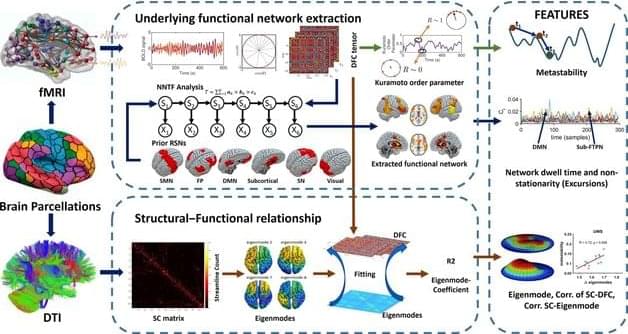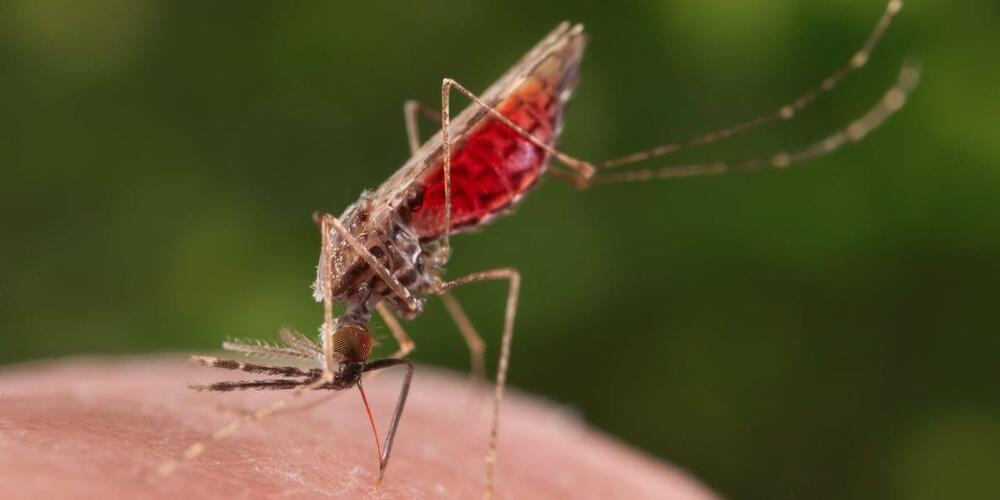Authors of a new study hope the genome mapping of Turritopsis dohrnii, known for its ability to rebirth itself, might lead to discoveries relevant to improving human healthspan.



Summary: A new mouse study provides clues as to how the brain processes sensory information from internal organs, revealing feedback from organs activates different clusters of neurons in the brain stem.
Source: Harvard.
Most of us think little of why we feel pleasantly full after eating a big holiday meal, why we start to cough after accidentally inhaling campfire smoke, or why we are hit with sudden nausea after ingesting something toxic. However, such sensations are crucial for survival: they tell us what our bodies need at any given moment so that we can quickly adjust our behavior.

One of the greatest challenges in the field of neurology and intensive care medicine is correctly diagnosing the level of consciousness of a patient in coma due to severe brain injury. Scientists of the Human Brain Project (HBP) now have explored new techniques that may pave the way to better tell apart two different neurological conditions.
Their findings, published in the journal eLife, reveal important information on the mechanisms of disorders of consciousness.
The team of researchers from University of Liège, GIGA Consciousness Research Unit and Coma Science Group and CHU de Liège (Belgium), Universitat Pompeu Fabra (Spain), Vrije Universiteit Amsterdam (Netherlands), and others, assessed brain functional network states as a marker of consciousness to potentially distinguish patients in the unresponsive wakefulness syndrome (UWS) and minimally conscious state (MCS).


Starting Monday, drive-thru customers at two Panera Bread locations in upstate New York will have their orders taken by a computer in a test of artificial intelligence technology’s accuracy and ability to decrease service times.
The sandwich chain is the latest restaurant company to invest in potential improvements to the drive-thru experience. A surge in drive-thru ordering during the Covid pandemic led to long lines of cars wrapped around restaurants, pushing chains to focus on speed of service and order accuracy.
For example, McDonald’s has also been working to automate its drive-thru lane, announcing a partnership last year with IBM to work toward that goal. Yum Brands’ Taco Bell and Restaurant Brands International’s Burger King have been building double drive-thru lanes at some locations to allow customers to pick up their digital orders more quickly. Fast-casual chains like Shake Shack and Sweetgreen that once balked at drive-thru lanes have been adding them.

Basically the United States has alerts for the west Nile as it seems to be spreading across many states.
As temperatures warm, US health officials are braced for rising rates of West Nile virus, a disease transmitted by mosquitoes that can cause meningitis, paralysis, and death.
Oklahoma reported its first West Nile death of the year on Thursday, in a resident who had been hospitalized with the illness.
In 2021, eight people got sick and one died of West Nile virus in Oklahoma, according to the US Centers for Disease Control and Prevention. The virus often infects people without causing symptoms, but can be deadly if it reaches the brain.

As space travel for recreational purposes is becoming a very real possibility, there could come a time when we are travelling to other planets for holidays, or perhaps even to live. Commercial space company Blue Origin has already started sending paying customers on sub-orbital flights. And Elon Musk hopes to start a base on Mars with his firm SpaceX.
This means we need to start thinking about what it will be like to live in space – but also what will happen if someone dies there.
After death here on Earth the human body progresses through a number of stages of decomposition. These were described as early as 1,247 in Song Ci’s The Washing Away of Wrongs, essentially the first forensic science handbook.
Scientists will soon begin a clinical trial for a new liver disease treatment. The experimental treatment will hopefully help treat end-stage liver disease and reduce liver transplants. To do this, it will harness the natural regenerative power of the liver by growing an entirely new liver within the patient. It won’t just rely on one new liver, either. Instead, patients will grow multiple tiny livers in their bodies.
The process, which has shown success in mice, pigs, and dogs, involves injecting healthy liver cells into the patient’s lymph nodes. The cells then multiply inside the patient’s body, growing into tiny functioning versions of the larger organ. It’s an intriguing treatment for liver disease, and so far, it has improved liver function in animals that have received the treatment.
The clinical trial focuses on using the lymph nodes in the patients to create bioreactors that can grow the new livers. Not only would this give people dealing with liver disease more options, but it would also relieve pressure on an already overloaded transplant system. New Atlas reports that the participants will be divided into three primary groups.
Researchers from the University of California of Berkeley transfused the blood of older mice into younger mice! This caused accelerated aging: Abstract in the youtube description.
